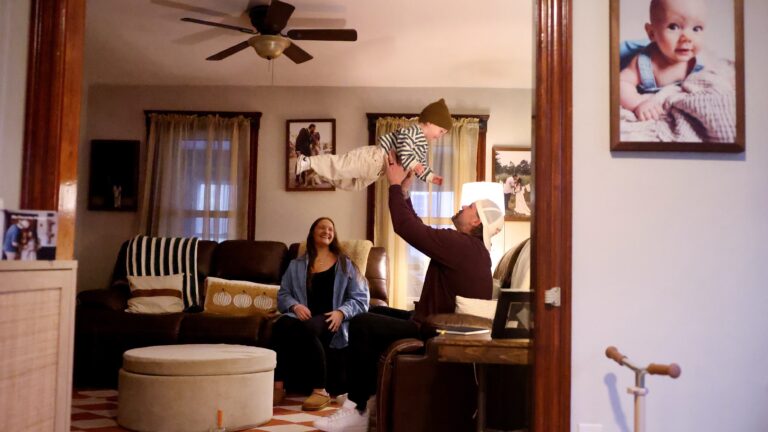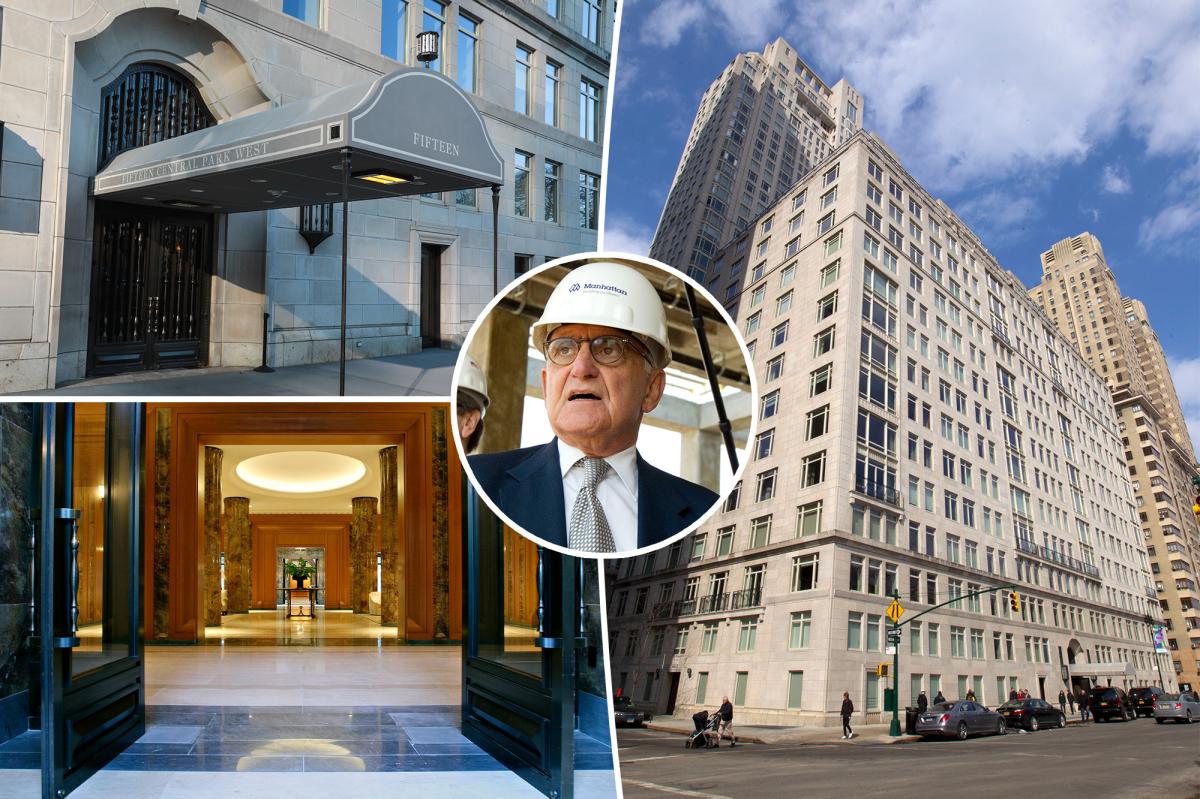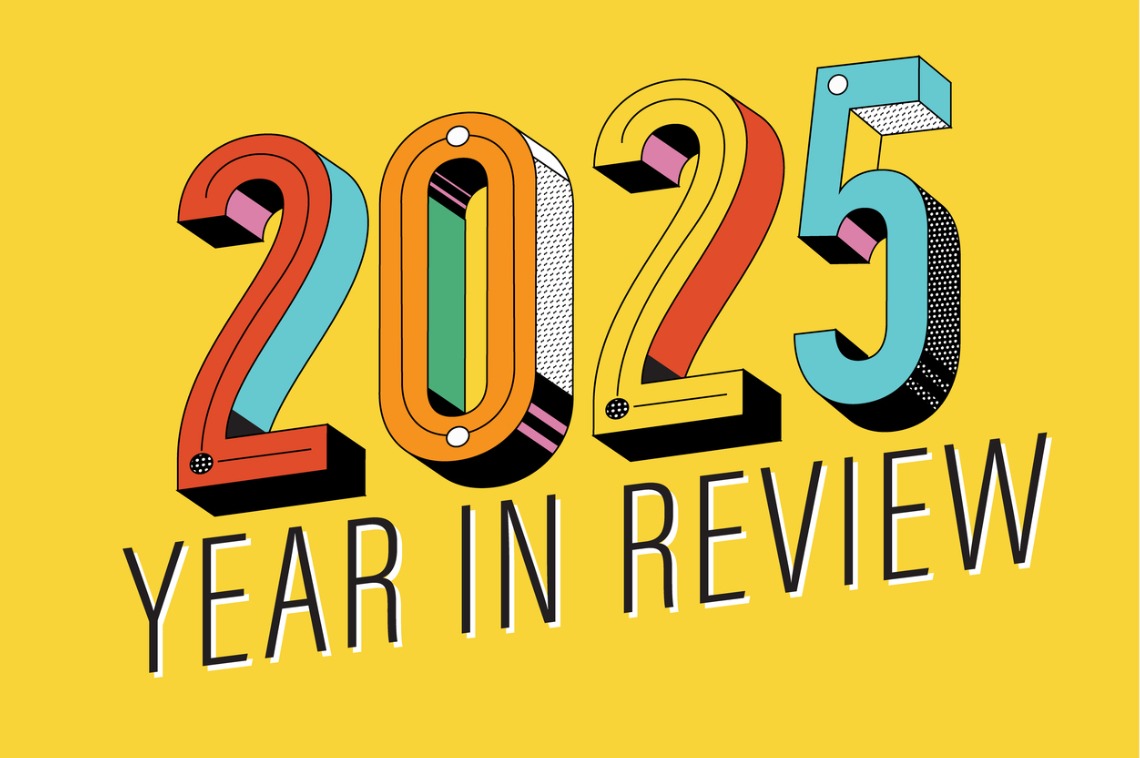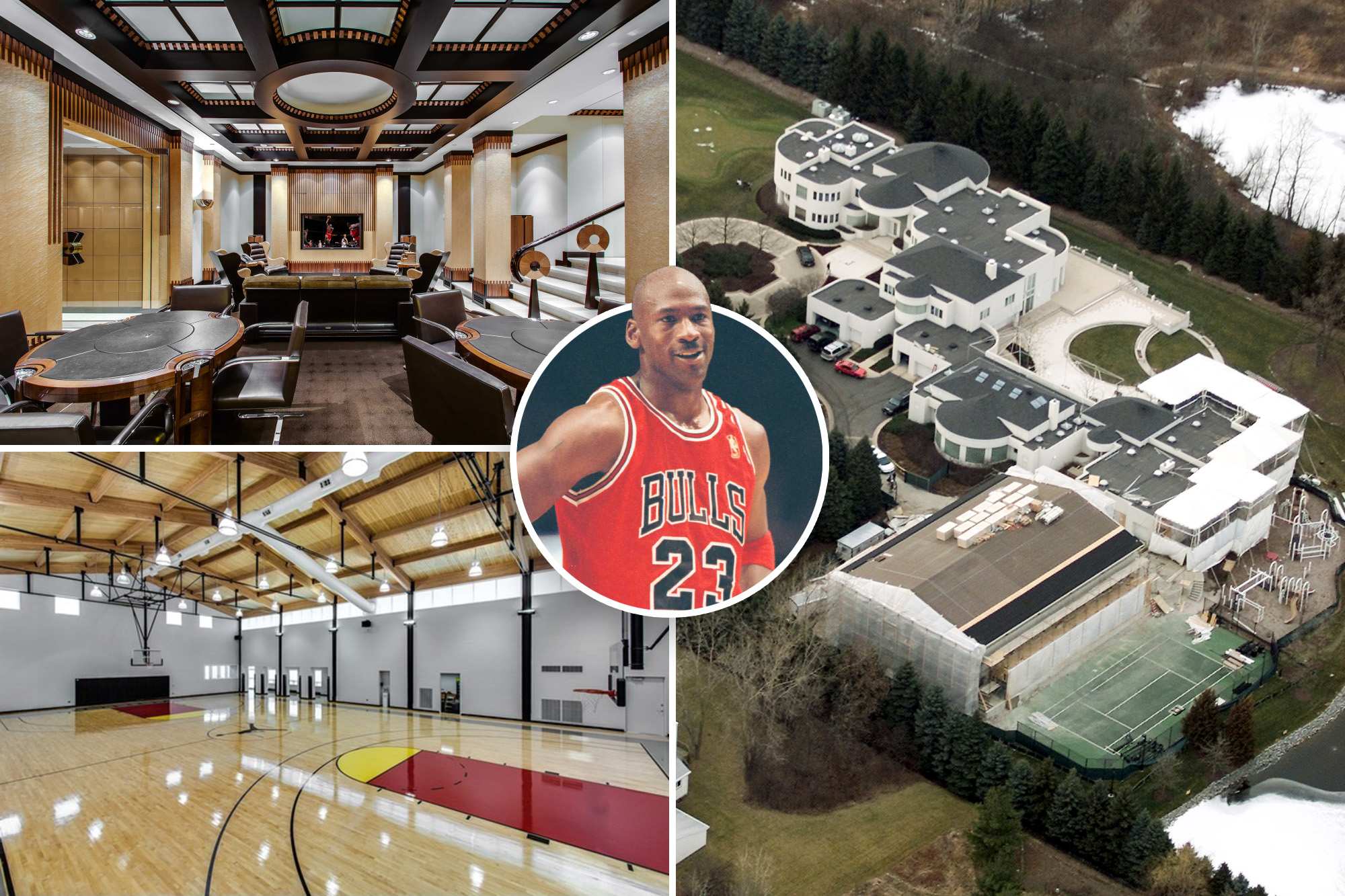T
he dream of climbing the property ladder is slipping farther for many Greater Boston millennials. In a market that has frozen, a growing number of 29‑ to 44‑year‑olds find themselves trapped in starter homes longer than expected. They locked in historic low mortgage rates during the pandemic, only to face steep price jumps on the next tier. Moving up is no longer simple or affordable.
Sam O’Malley and her husband Shea bought their Worcester home in 2019, immediately renovating as much as they could. “We’re busting at the seams,” Sam says. The dining room has become a playroom, they have only one full bath, and they’re scrambling to create space for a nursery. The O’Malleys considered adding onto the house before their daughter’s arrival, but rising material costs make even a small addition expensive. “We refinanced during COVID when rates were 2.75%,” Shea recalls. “We paid dirt cheap for our house. To get a home with just an extra bedroom and half‑bath for three times our mortgage today is insane.”
Like many who secured sub‑3% rates, they can’t justify giving up that advantage for a higher payment. “We’ll look online and see what the monthly payment would be on something bigger, and it’s just like, ‘Nope, we’ll stay where we are,’” Sam says. Even though her father points out the home’s appreciation, the equity gained won’t cover the cost of a larger house in their price range.
Zillow’s 2025 Consumer Housing Trends Report shows the average homeowner now stays in a home for about 14 years—slightly shorter than pre‑pandemic but still long. Amanda Pendleton, Zillow’s home trends expert, notes that people have accepted that 3% mortgage rates won’t return. They’ve gone through the five stages of grieving and are finally listing homes, but the math often doesn’t add up. Monthly mortgage payments have roughly doubled in the past five years, adding $900–$1,000 more for a similar house. “That’s why so many feel trapped in their starter homes,” Pendleton says. “The cost of moving to a bigger place just isn’t in the cards.”
The financial reality has pushed many toward renovation. “People are getting creative to make their starter homes work long term,” Pendleton adds. The renovation boom since the pandemic is evident, even as construction costs rise. Common fixes include finishing basements or attics, opening walls between kitchens and living rooms, and creating outdoor living areas. Covered patios and all‑season porches are especially popular in the Northeast for their functionality and added square footage.
Rachel Drew, director of the Remodeling Futures Program at the Harvard Joint Center for Housing Studies, notes that remodeling is common. “It’s not uncommon for people to remake the house they’re in,” she says. “They like their neighborhood, they may not have the funds to move, or they have favorable loan terms they’re unwilling to give up.” Permit data shows remodeling activity up about 5% year over year, modest compared with the 15% surge during the pandemic.
In Salem, Alex Arnow and his wife bought a home in 2015. “When we bought, people who had purchased starter homes just a few years before us could sell and move to bigger places without spending much more,” Arnow says. By 2020, the same house they owned was twice the price of comparable homes. Rising rates made the math even worse. They still love their home but need more space and a better school district. They’ve made small upgrades, like renovating a bathroom, but the footprint limits meaningful additions.
The decision to stay or move hinges on finances and family needs. “Either the market changes or my earnings do,” Arnow says. “The other breaking point would be schools.” Many homeowners feel locked into homes they’ve outgrown, while others can’t even afford a starter home. Massachusetts has the fourth‑lowest homeownership rate for adults 25‑34 of any state, underscoring the widening divide between those who locked in low rates and those priced out.
Back in Worcester, the O’Malleys are clearing a spare room to make way for a new nursery. “There goes the one space I had to work out or have an office,” Sam laughs. “Now we’re just finding storage for everything and making it work.” Until the math changes, families like the O’Malleys and Arnows are redefining what a starter home means—one renovation and reconfiguration at a time.













